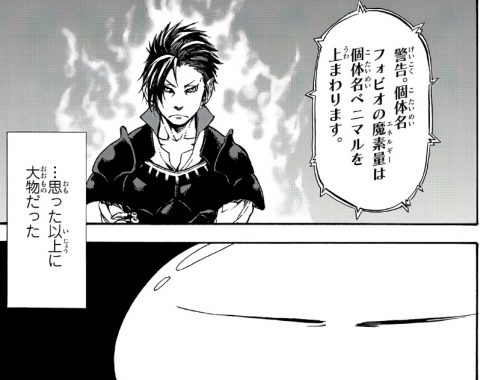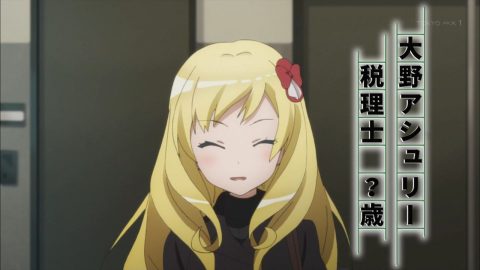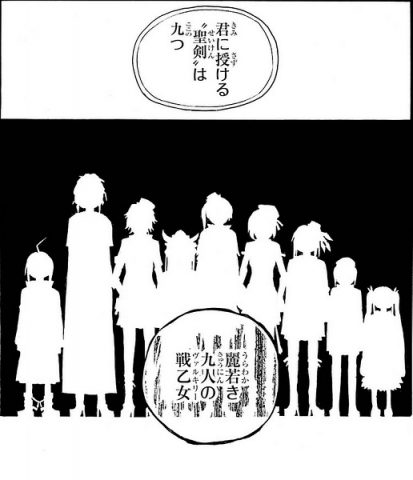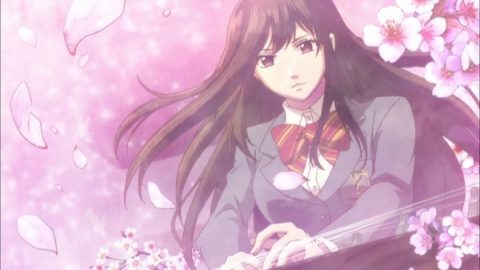The long-awaited anime adaptation of "Grandpa and Grandma Rejuvenate" is set for 2024. What do you think is the key to its widespread popularity? While it's certainly an entertaining manga, perhaps the unique theme of elderly people rejuvenating also contributes to the depiction of various issues surrounding Japan's declining birthrate and aging population. Not only is it a simple romantic comedy, but by depicting elderly people, it offers readers a variety of perspectives, including issues not seen in previous romantic comedies, such as the perspective of the elderly, which younger people may not be aware of. Therefore, while this work is entertaining as a romantic comedy, it can also be said to be a profound work that deeply reflects the current social climate. Another fascinating aspect of this work is the numerous problems of modern society hidden within its setting. In this article, I'd like to introduce another of the work's appealing aspects, the problems of modern society, based on its depictions in the work. This article will allow you to enjoy the work in a different way, so be sure to check it out.
This work is interesting in more ways than just a romantic comedy.
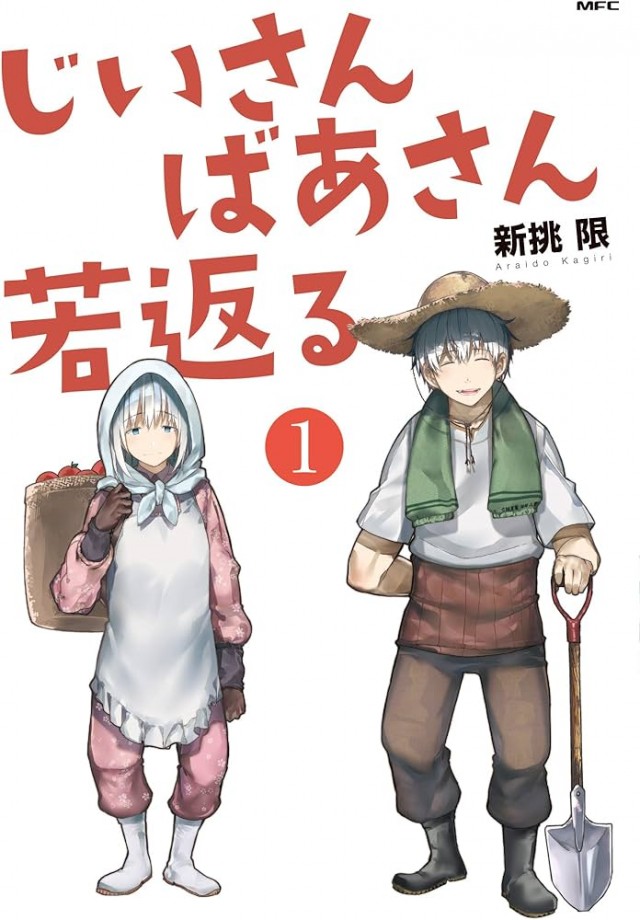
As mentioned at the beginning, this work can be viewed in ways other than a romantic comedy. While the purely romantic comedy depiction of an old man and woman rejuvenating and enjoying youth all over again is entertaining enough, to fully appreciate this work, it's necessary to pay attention to the various points the author makes hidden within the work's underlying themes.
Reflecting Various Social Conditions

Because this work features an elderly protagonist, it touches on various issues facing the elderly in Japan today. Romantic comedies are typically enjoyed by younger generations, so many may not be aware of Japan's problems from the perspective of the elderly. Perhaps it's precisely because this romantic comedy is read by such audiences that it is meaningful to present a perspective unique to the elderly.
Problems Unique to the Tohoku Region
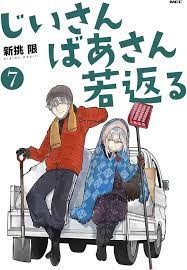
This work is set in the Tohoku region, and many of the issues unique to this region are depicted. The Tohoku region is particularly affected by a declining birthrate and aging population, and is experiencing depopulation. It can be said that this region is a place where the unique challenges of rural areas are particularly evident. Therefore, this work depicts many of the issues unique to depopulated areas, providing a glimpse into the challenges facing rural areas in modern Japan.
Depopulation Issue
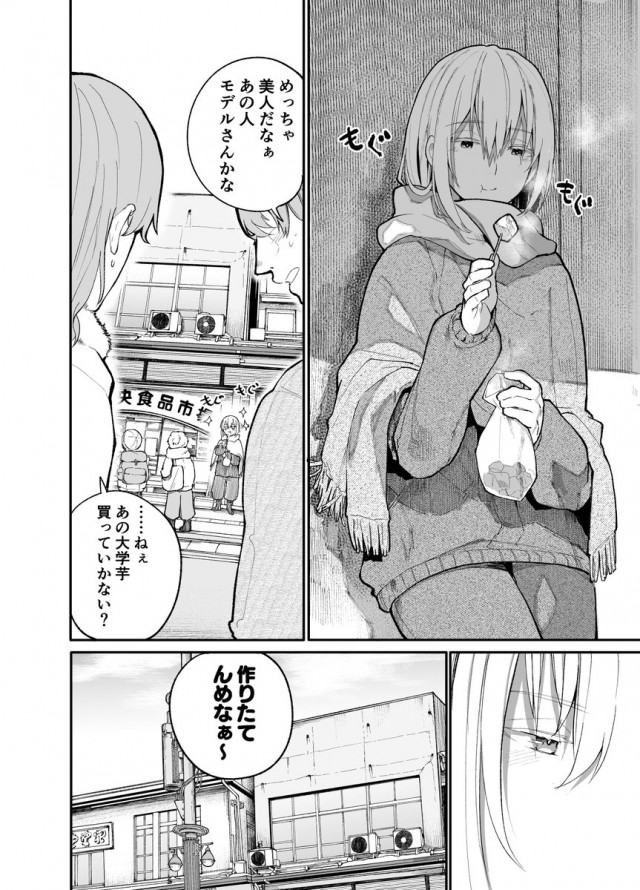
The most prominent issue facing the Tohoku region is depopulation. The declining birthrate and aging population are reducing the number of children and increasing the proportion of elderly people, resulting in a shortage of labor in rural areas. As a result, only elderly people who are accustomed to living in the area remain, making it difficult to maintain the functions of cities.
Shopping Streets Turning to Shuttered Stores
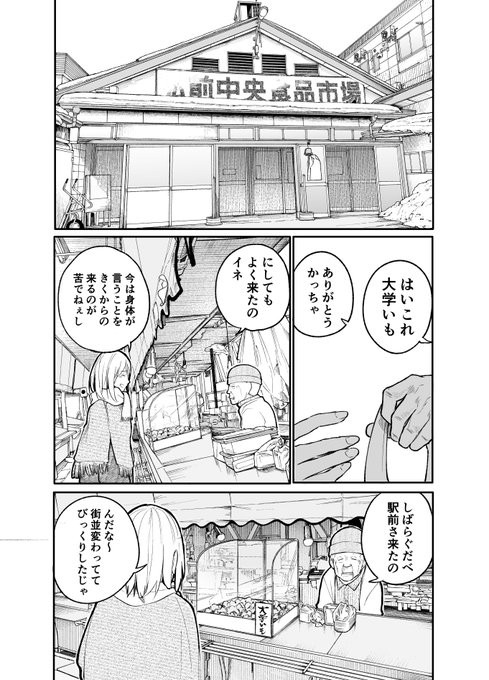
The depopulation problem in rural areas can be clearly seen in shopping streets. While shopping streets and other areas used to be bustling with people, the population has now dwindled, and many businesses have closed. As a result, many once-bustling shopping streets have become shuttered, leaving elderly people who regularly frequented those areas unable to shop.
Bring people to rural areas!!
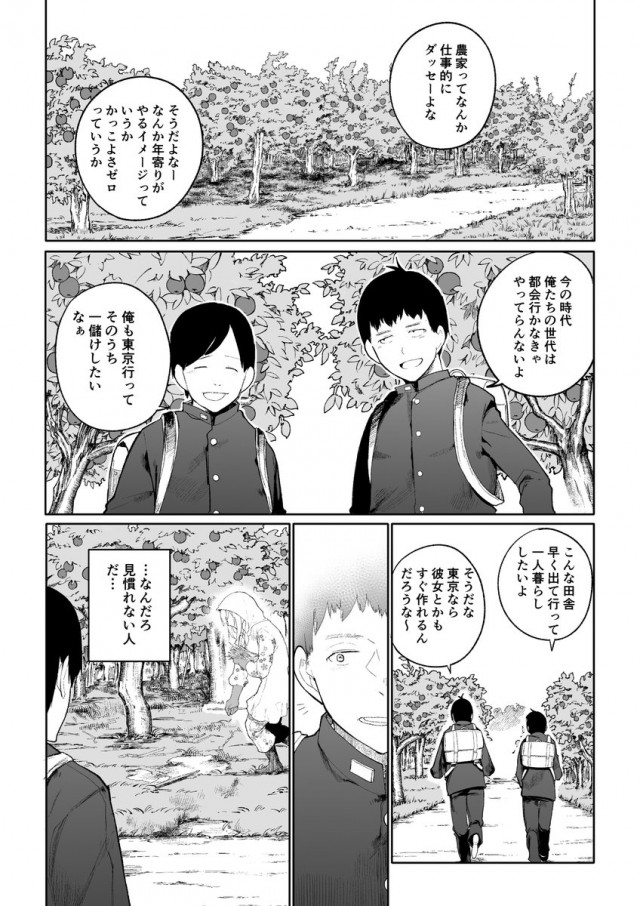
To overcome this situation, local governments are actively promoting efforts to attract tourists to regional areas. While it may be difficult to persuade residents currently concentrated in Tokyo to relocate, it may be possible to attract people as tourists. For local governments today, attracting large numbers of tourists is a challenge that threatens the very survival of their regions.
The Attractiveness of Anime
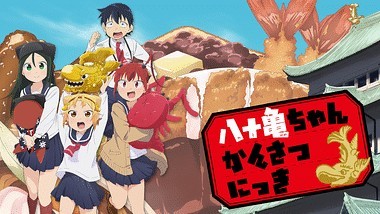
Amid this situation, the appeal of anime is gaining attention. Many fans of anime set in regional areas engage in what's known as "pilgrimages," and simply having a region featured in an anime can be expected to attract large numbers of tourists. Many local governments are now paying close attention to this appealing effect, and the industry is booming, with dedicated departments being established to devise ways to attract manga to the region. Since this work is also set in the Tohoku region, it's likely to attract visitors to the region.
The Dementia Issue
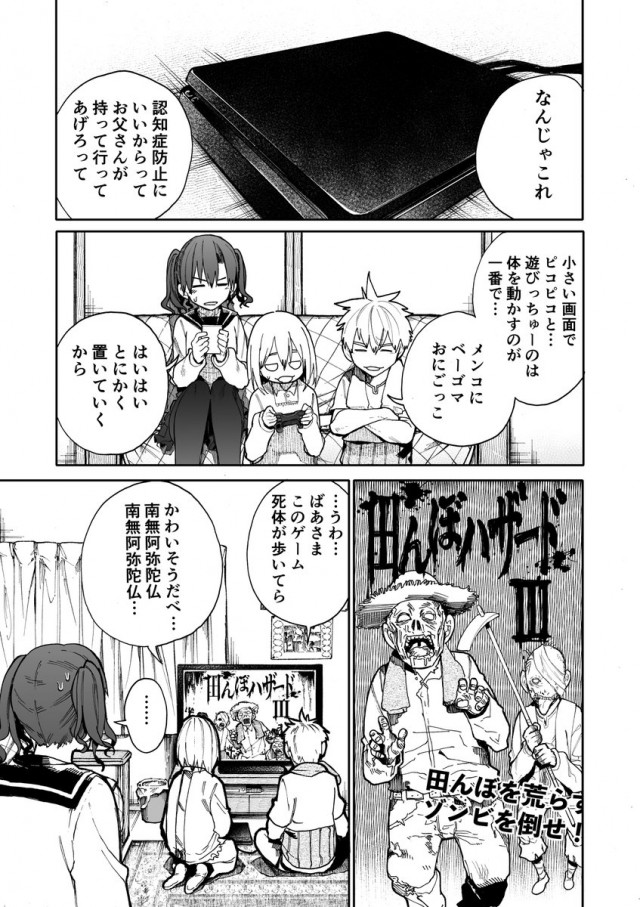
This work also addresses the issue of dementia among the elderly. With the increasing elderly population in Japan today, dementia among the elderly is a major issue. Dementia not only causes great hardship for those affected, but also places a significant burden on families living with the disease, including caregiving. However, at the same time, young people who do not have elderly people in their close circle often find it difficult to appreciate the difficulties of dementia.
Interactions with Ine's Sister Tsuru
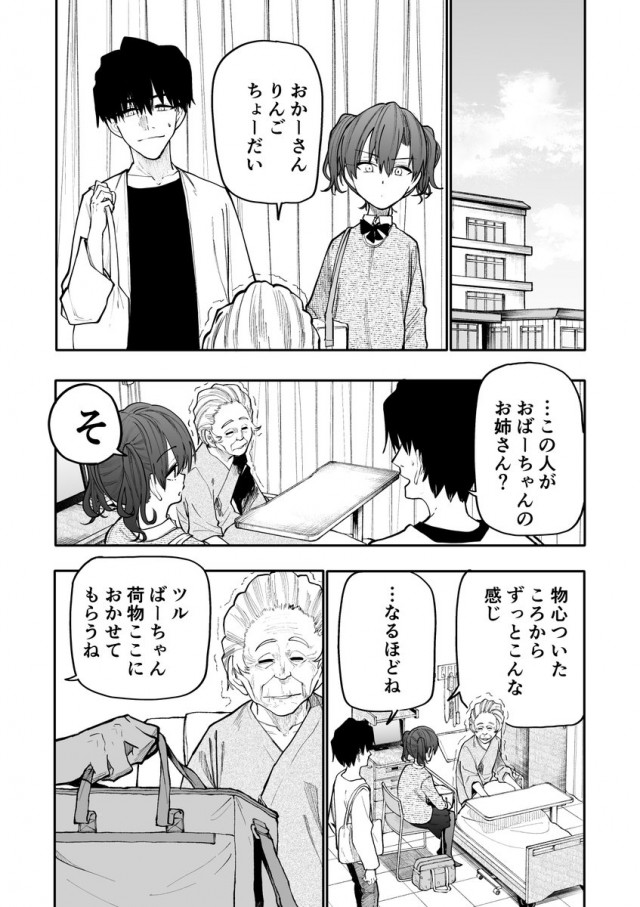
In this work, the protagonist Ine's older sister, Tsuru, appears to be suffering from dementia. Tsuru is barely able to converse, is constantly spaced out, and speaks in a blurred chronology. This work also features scenes in which Ine and her grandchildren visit Tsuru in the hospital to show their sympathy for her condition.
It's meaningful to depict this precisely because it's a romantic comedy.
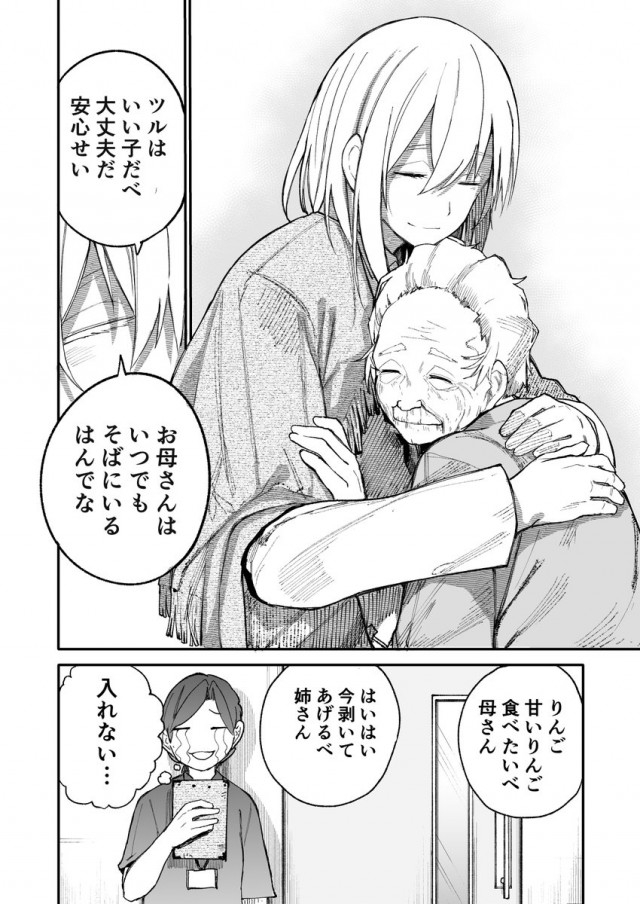
Such depictions of dementia patients would be unnecessary in a typical romantic comedy. However, because this work focuses on the elderly and, as a romantic comedy, has a large young readership, it is particularly meaningful that it includes depictions that promote understanding of dementia, a condition that may eventually affect the reader.
End-of-Life Issues
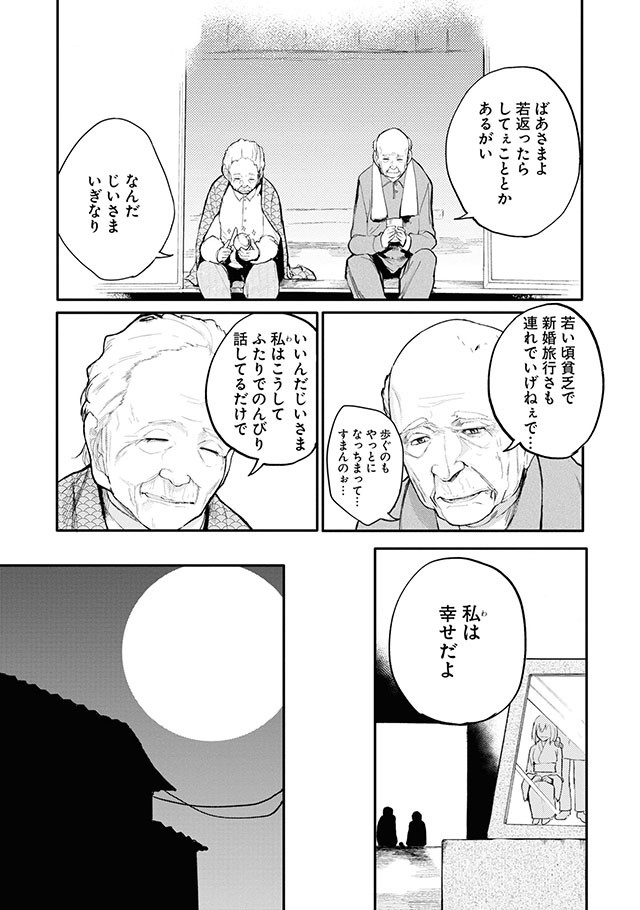
This work also meticulously depicts the end-of-life issues faced by the elderly. Since the two main characters are originally elderly, the film features many scenes that depict the elderly's attitudes toward death. Therefore, while it is a romantic comedy, it also simultaneously addresses the issue of end-of-life planning: how the elderly confront their own death.
How do we face the approach of death?

This film features numerous depictions that will help you understand aging, such as a man's body becoming less mobile than expected as he ages, or a man who was originally good at Othello but whose mental function declines to the point where he loses to his grandson. These are all phenomena we will all experience as we age, so I believe there is great significance in understanding this through this film.
The Death of a Friend
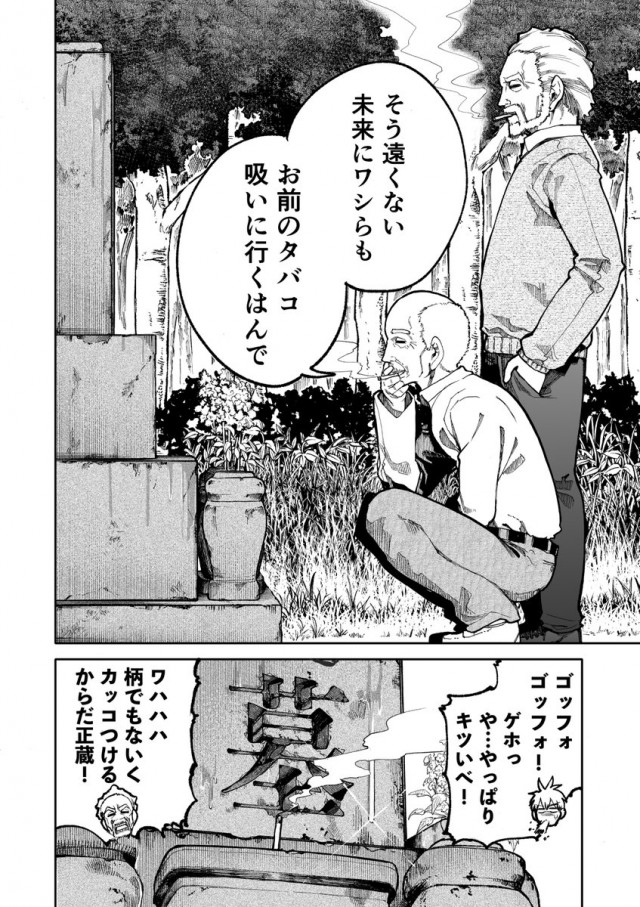
In addition to the protagonist's own death, the film also depicts the deaths of close friends. It also depicts the pain of losing friends one by one, even though they had lived together for a long time. Furthermore, since the story is set in the Tohoku region, it also focuses on the unique suffering of elderly people left behind in rural areas, where all of their relatives have moved to the city and no longer visit their loved ones' graves.
The Death of a Loved One

Not only will we all eventually die, but our beloved spouses will too. This work contains many scenes that make us think about the death of our spouses. Ine, a character in this work, is naturally sickly and seems to have little time left. Be sure to keep an eye on how Shozo deals with Ine's condition throughout the story.
Problems Japan Once Faced
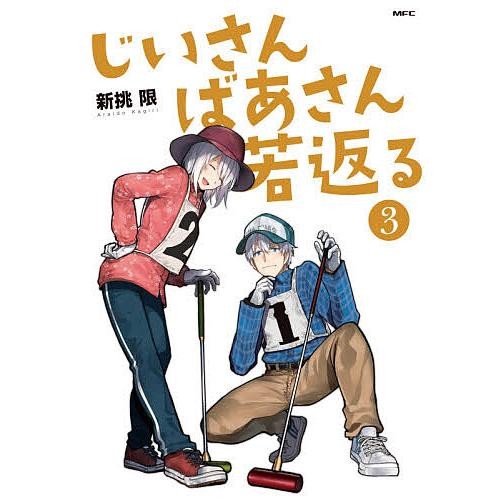
This work not only depicts the problems of modern Japan. It also depicts various issues that existed in Japan in the past, allowing viewers to learn about Japan's problems of the past, just like listening to old stories from their grandparents. As we delve deeper into the lives of Shozo and Ine, we can also learn about the differences between modern Japan and the Japan of the past.
Life wasn't as easy in the old days
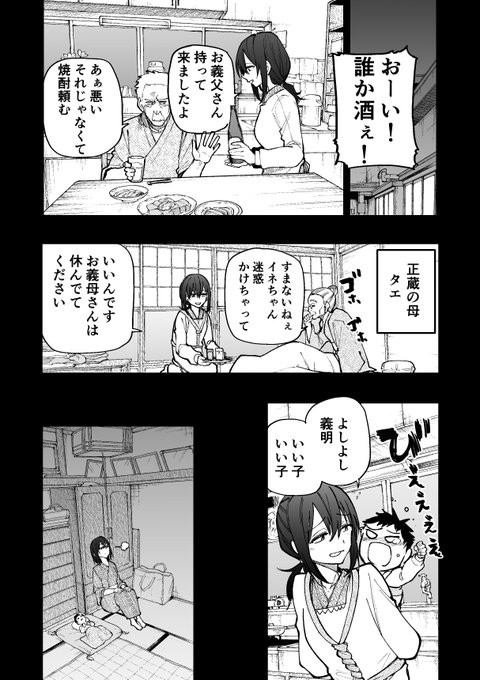
Shozo and Ine, in particular, are portrayed as characters who struggled in their youth. Since furniture manufacturing was not as mechanized as it is today, most household chores were done by hand. Unlike modern Japan, where nuclear families are increasingly common, we also get a glimpse of Ine's struggles as she had to care for her stepfather and stepmother.
Not being able to attend high school is a given
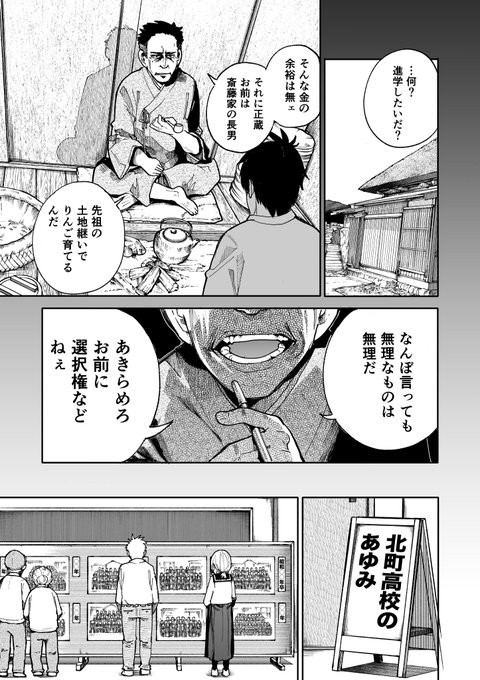
Shozo also had aspirations of attending high school, but family circumstances prevented him from doing so. Nowadays, attending high school is a path that is relatively easy for anyone to achieve, but in the past, many families could not afford it. If you talk to your grandparents, you may find that some of them have had experiences where they were unable to go on to high school. Back then, being able to attend school was a much more valuable experience than it is today.
You Can't Love Freely

Even further back in time, arranged marriages were the norm, and it was uncommon to fall in love freely and marry the person you loved. The protagonists of this work, Shozo and Ine, are portrayed as characters who were able to love freely and marry, which was rare for the time. However, it was extremely rare for people to be able to marry the person they loved, as these two did.
The Gap with the Younger Generation
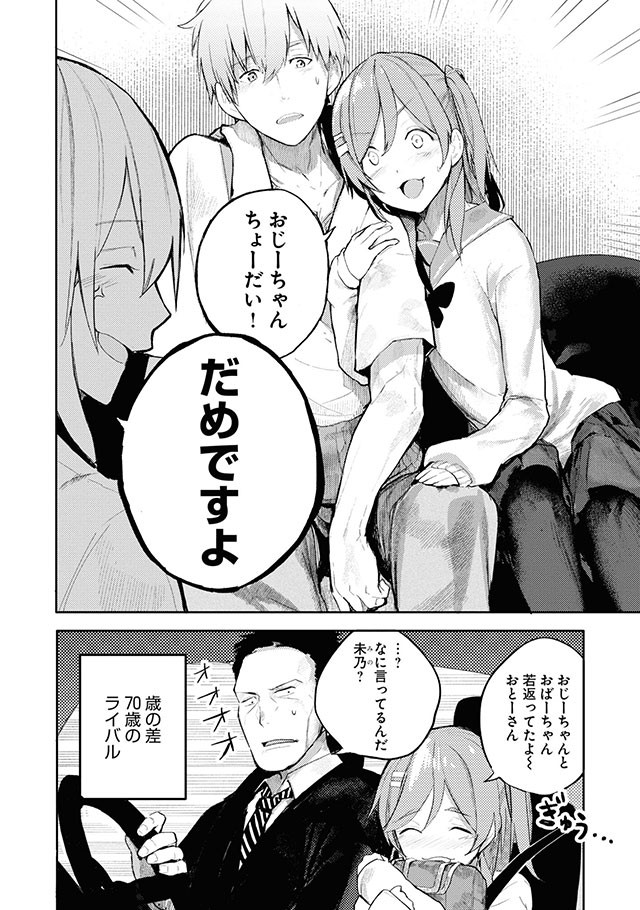
The film also features many elderly characters struggling with the gap between themselves and the younger generation. While there's a current trend on social media to describe elderly people who can't keep up with the sensibilities of younger people as "old people who are a nuisance," this film meticulously depicts, from the perspective of the elderly, how far removed they are from the sensibilities of younger people.
What You Can See from the Elderly's Perspective
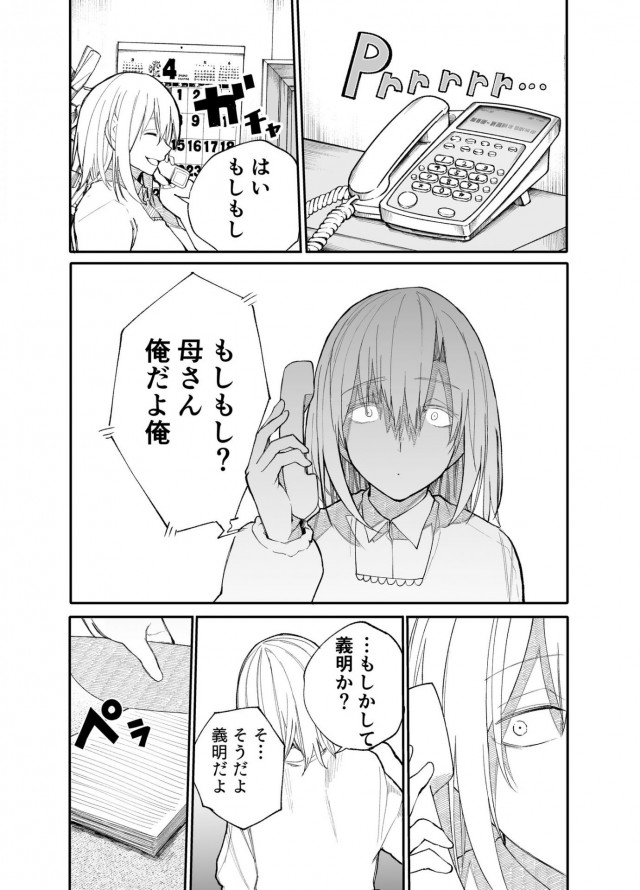
From a young person's perspective, it's easy to dismiss older people as outdated and a burden on society. However, we should take a moment to put ourselves in the shoes of the elderly and consider how complex modern society, with its highly technological advances, is. This work is told from the perspective of the elderly, allowing viewers to understand how complex and difficult modern society can be for the elderly.
How Do We Deal with Young People?
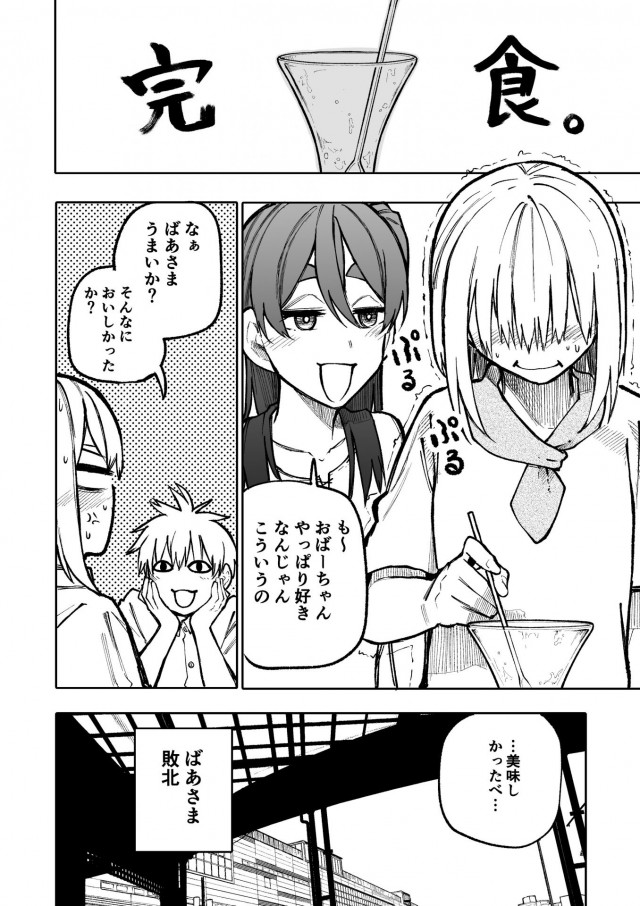
The theme of how to interact with young people who are decades older than you is explored throughout this work. The main characters, Shozo and Ine, are very tolerant of youth culture, and as they put their bodies on the line to experience it, we see them trying to bridge the gap with the younger generation.
It's even more interesting if you pay attention to things other than the romantic comedy!
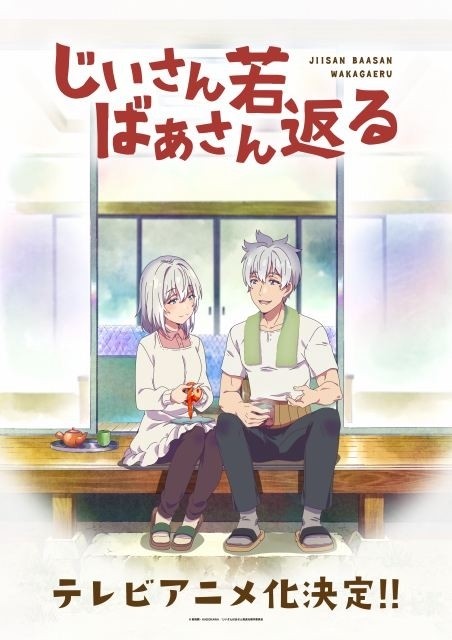
As such, in addition to its romantic comedy, this work also explores various issues facing modern society. It would be a shame to enjoy it purely as a romantic comedy, so please be sure to keep these points in mind as you enjoy this work.
Its depth is what made it such a hit

The reason for this work's success is likely due to its unique perspective, which deals with a variety of issues. It's rare to find a romantic comedy with an elderly protagonist, so this uniqueness gives this work an identity unlike any other.
A Perspective from an Author with Ties to Aomori
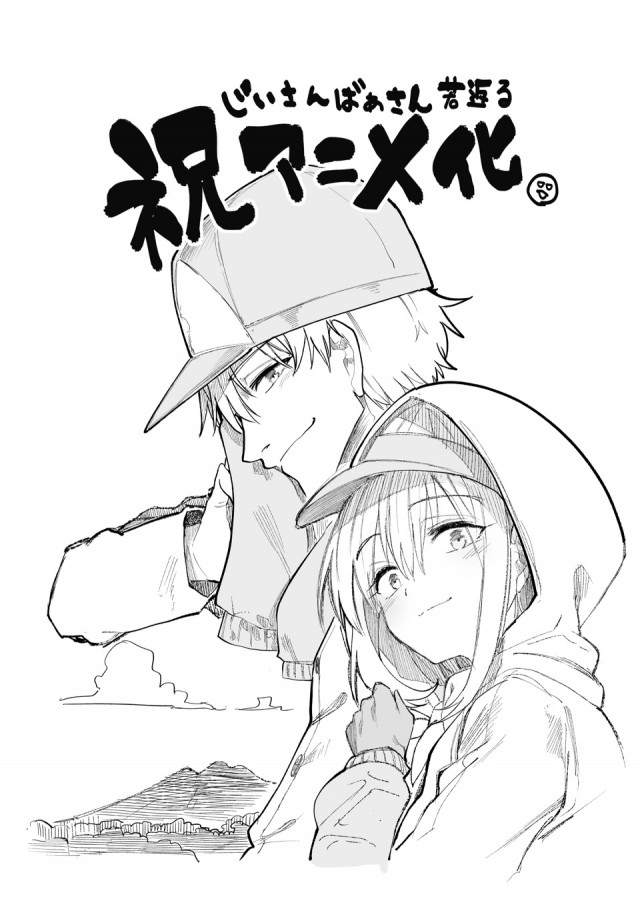
The author of this work has a unique background: he made his debut while living in Aomori Prefecture. As a result, he has a very high level of understanding of the prefecture. This work is filled with a variety of themes and depictions that could only be noticed by someone who actually lives in the area and has a deep understanding of the region. Be sure to enjoy the story while paying close attention to Aomori Prefecture, the setting of the work.
Summary
What did you think? This time, I've given you a brief introduction to the themes depicted in "Grandpa and Grandma Rejuvenate." This work can be enjoyed from a variety of perspectives, not only addressing the issue of a declining birthrate and aging population in modern society, but also depicting various problems that Japan faced in the past and conveying the unique perspective of older people to younger generations. I expect these themes will be explored in the anime version as well, so fans who read this article and are interested in more than just the romantic comedy aspects of the work should definitely pay attention to these themes in the anime version.

